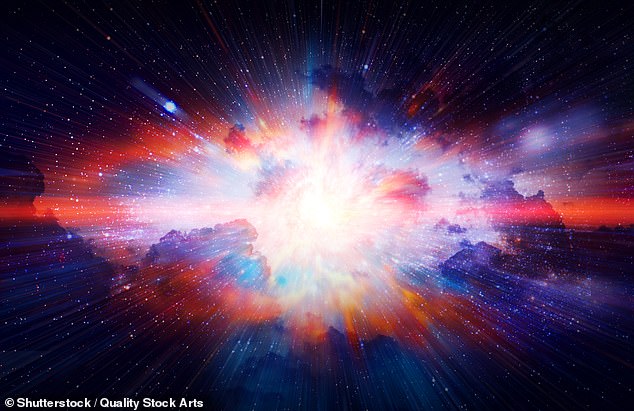
New Cosmic Model Challenges Big Bang, Redefining Universe’s Origin
Rethinking the Big Bang: The "Black Hole Universe" Theory
[Image: Illustration of the Big Bang vs. a black hole "bounce" concept]
For decades, the Big Bang theory has dominated cosmology, describing the universe’s birth as a rapid expansion from an infinitely dense singularity 13.8 billion years ago. However, a groundbreaking study led by Professor Enrique Gaztanaga challenges this view, proposing a "Black Hole Universe" model where the cosmos emerged from a collapsing black hole that rebounded outward. This theory could eliminate the need for dark energy and reshape our understanding of the universe’s structure.
The Big Bang’s Shortcomings
[Image: Diagram of the Big Bang timeline]
The standard model posits that the universe expanded in two phases: an initial burst of inflation and a slower, accelerating expansion driven by dark energy. Yet dark energy—a mysterious force counteracting gravity—remains undetected. "The Big Bang model relies on assumptions like dark energy, which we’ve never directly observed," says Gaztanaga. His team suggests an alternative: the universe formed from a collapsing mass of matter that reached a black hole’s density before bouncing back.
How the "Black Hole Universe" Works
[Image: Artist’s depiction of a black hole "bounce"]
In this model, a collapsing cloud of matter forms a black hole. Instead of a singularity, quantum physics prevents infinite density, causing a rebound. This bounce creates a universe with two expansion phases: the initial rapid inflation and the current acceleration—both explained by the collapse-and-rebound dynamics. "Infinities don’t exist in nature. The bounce naturally explains expansion without dark energy," explains Gaztanaga.
Key Predictions and Evidence
The theory predicts a slightly curved universe, contrasting the Big Bang’s flat geometry. Upcoming missions like ESA’s Euclid and Arrakhis could detect this curvature by measuring cosmic microwave background radiation or galaxy distribution. A curved geometry would strongly support the black hole model.
Implications: A Nested Universe?
[Image: Artistic concept of nested universes]
If correct, our universe might reside inside a black hole within a larger "parent" universe. "We’re likely part of an endless, layered structure," says Gaztanaga. This challenges the notion of cosmic uniqueness, extending the Copernican principle: Earth isn’t the center, and our universe may not be the only one.
Why It Matters
The black hole model addresses gaps in the Big Bang theory, offering a simpler explanation for cosmic acceleration. While radical, it’s testable. If observations confirm curvature, it could revolutionize cosmology. As Gaztanaga states, "We’re not the start of everything—just a piece of a vast cosmic puzzle."
[Image: Cosmic microwave background radiation map]
Key evidence for both theories includes the cosmic microwave background, but the black hole model predicts subtle differences in its structure.
Conclusion
The "Black Hole Universe" theory reimagines cosmic origins, merging quantum principles with cosmology. While debates will continue, its testable predictions could soon validate or refute this bold new vision of our universe’s birth.


